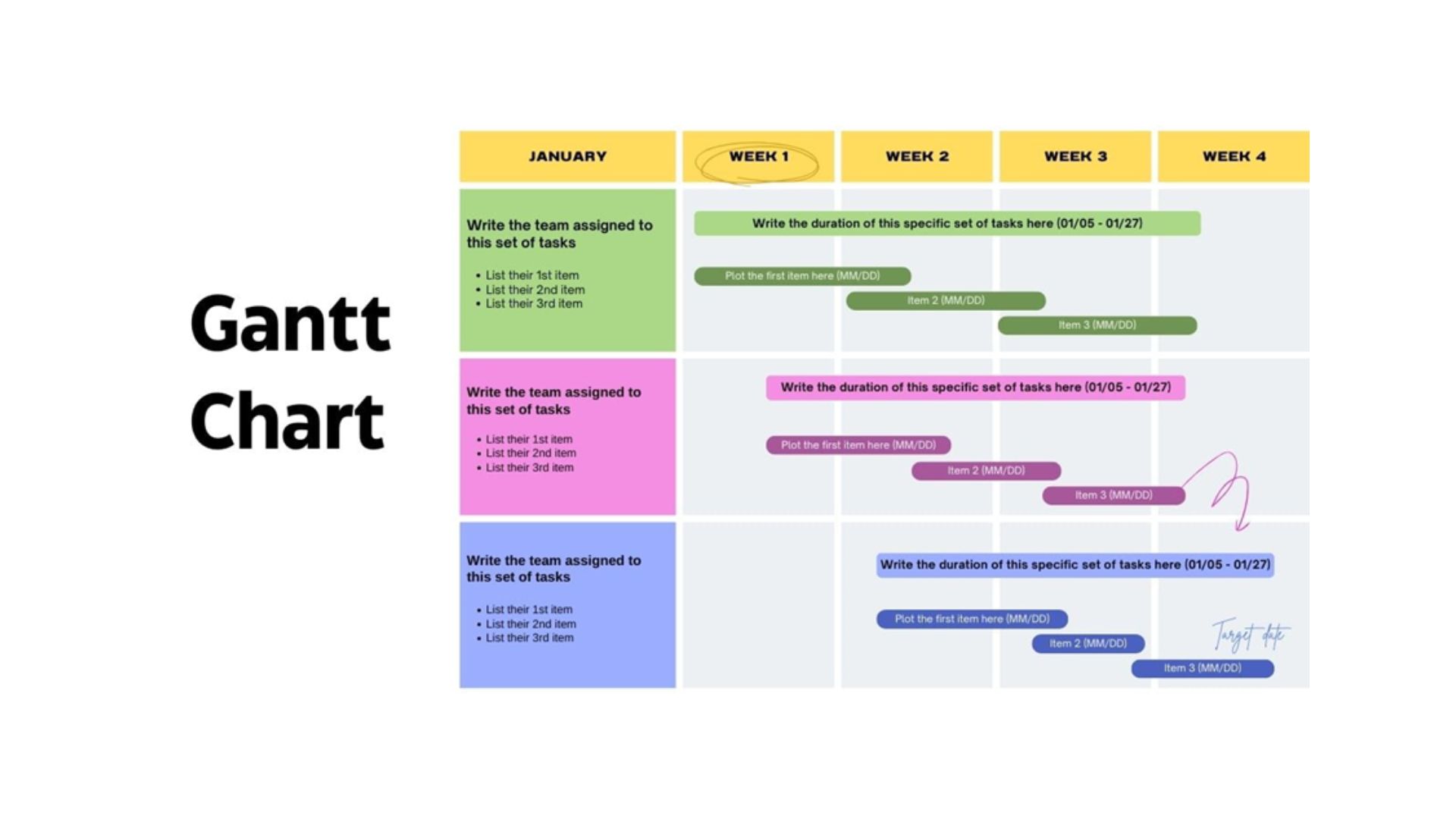Data Discovery Is Changing Business Intelligence
While CIOs are bullish on business intelligence, other C-level executives are not quite as enthused. And end users are even less satisfied with business intelligence.
At least some of that dissatisfaction is because users do not tend to appreciate BI platforms that integrate with other enterprise systems such as CRM and ERP, Gartner analyst Rita Sallam told Enterprise Apps Today last September. But there is also a disconnect between the capabilities of such platforms and users’ desire for quick ad-hoc queries.
That’s where data discovery comes in, with business intelligence vendors finally beginning to tweak their offerings to satisfy the desire for easy one-off data analysis.
While data discovery is a nebulous term that can be tough to define, it essentially means a far less structured approach to data exploration. Unlike traditional business intelligence, which is geared toward monitoring and reporting, data discovery is more about discovering hidden patterns and trends. Gartner predicts that most BI vendors will make data discovery rather than static reporting their primary focus by 2015.
Data Discovery and Big Data
Data discovery is often discussed in the same breath as Big Data because it may encompass the three “Vs” typically used to describe Big Data: volume, velocity and variety. That is, folks can work with very large data sets and can get answers quickly. Users can explore data, both structured and unstructured, that comes from a wide variety of disparate sources.
Data discovery isn’t just for geeks. It makes it possible for users to perform queries with limited – if any – assistance from IT, while IT redirects its efforts to focus on data modeling and governance. Providers like Tableau, Qlik and MicroStrategy pride themselves on offering tools with only a slight learning curve – at least for those who are already fairly savvy with Excel.
Earlier this week, Qlik introduced Qlik Sense, a tool with a self-service feature called Smart Search that allows users to simply type words or numbers to begin their analysis of a data set. As the company describes it: “When a user types in a search string, Smart Search connects the dots, uncovering data relationships and information in locations that might otherwise be unnoticed.” Another feature called Smart Visualizations enables users to create interactive dashboards.
Gartner put Qlik, Tableau and MicroStrategy in the Leader quadrant of its 2013 Magic Quadrant for Business Intelligence and Analytic Platforms, along with providers of more traditional BI platforms such as IBM and SAP. It also noted that traditional vendors were introducing data discovery tools of their own, like IBM’s Cognos Insight and SAP’s Visual Intelligence (now called Lumira), which can be used with its HANA in-memory database management system.
IBM just launched a data discovery solution that leverages its Watson artificial intelligence technology. Writing for the New York Times’ Bits blog, Steve Lohr quotes IDC analyst Dan Vesset as saying the Watson Analytics software surpasses data discovery solutions from companies like Tableau and Qlik. He also quotes a CIO who tried it out and likened it to “the iPhone of analytics.” While I am not sure of his exact meaning, I expect he meant it was easy to use – and cool besides.
Though data discovery tools have been around for a while, it seems as if this more flexible approach to data analysis is finally poised to go mainstream and make business intelligence more accessible to the masses.
Some organizations are even employing an unconventional approach to data storage called data lakes to support it, writes Loraine Lawson for IT Business Edge. Instead of using a relational data warehouse, they store data in a variety of different formats in these lakes. This essentially allows them to skip the “transform” step of ETL and relax data integration requirements.
Ann All is the editor of Enterprise Apps Today and eSecurity Planet. She has covered business and technology for more than a decade, writing about everything from business intelligence to virtualization.

Public relations, digital marketing, journalism, copywriting. I have done it all so I am able to communicate any information in a professional manner. Recent work includes creating compelling digital content, and applying SEO strategies to increase website performance. I am a skilled copy editor who can manage budgets and people.








